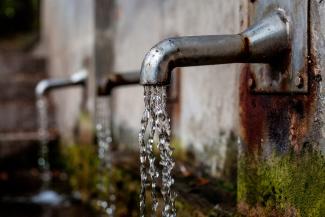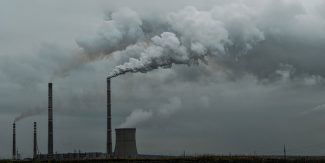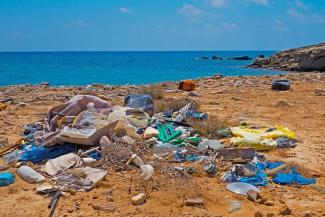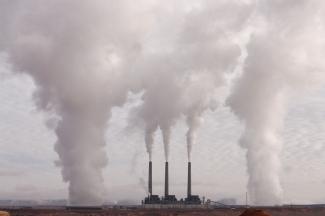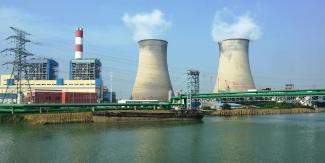An Uncertain Future for California's Vehicle Emission Standards

Last month, the Trump Administration formally ended talks with California over the federal government’s plans to freeze vehicle emissions standards and likely revoke the state’s long-standing authority to set its own standards under the Clean Air Act (CAA). The success of California in mitigating air pollution and reducing greenhouse gas (GHG) emissions under CAA §209—and that of the 15 states that have invoked waivers under §177—is now in question. And the Administration’s plan to end negotiations and move forward with its proposed Safer Affordable Fuel-Efficient Vehicles rule will most certainly lead to a heated, lengthy court battle.



